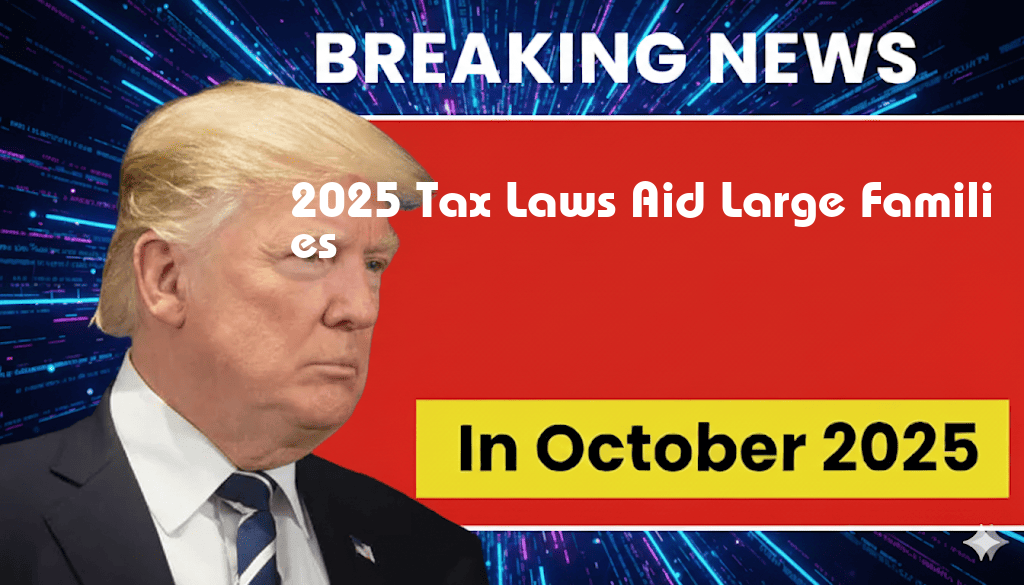

Tax Cuts in the U.S. and Canada: A 2025 Comparison
As nations grapple with economic recovery post-pandemic, the tax policies in the United States and Canada are drawing attention for their divergent approaches. For the year 2025, U.S. taxpayers can expect an average tax cut of $3,752, while their Canadian counterparts anticipate a more substantial average reduction of C$5,200. This disparity not only reflects different fiscal strategies but also indicates varying priorities in addressing economic growth, social welfare, and public services. Both governments are implementing these cuts as part of their efforts to stimulate spending and support households in the face of inflationary pressures.
Understanding the Tax Cuts
The tax cuts in both countries are designed to provide financial relief to individuals and families, but they come with distinct operational frameworks and implications.
| Country | Average Tax Cut | Currency | Key Focus Areas |
|---|---|---|---|
| United States | $3,752 | USD | Middle-class relief, economic stimulation |
| Canada | C$5,200 | CAD | Social programs, healthcare, middle-class support |
Details of the U.S. Tax Cuts
The U.S. tax cuts are primarily aimed at middle-income earners, with the intention of boosting consumer spending. The cuts are anticipated to come from adjustments in income tax brackets and an increase in the standard deduction. According to the Forbes Advisor, these adjustments are expected to alleviate the financial burden on households, particularly those recovering from the impacts of rising inflation and cost of living.
Details of the Canadian Tax Cuts
Canada’s approach to tax cuts is markedly different, with a focus on both economic stimulation and social welfare. The projected C$5,200 average reduction is expected to be a combination of lower income tax rates for the middle class and increased credits for families with children. The Canadian government aims to reinvest the savings into essential services, such as healthcare, which remains a pivotal aspect of its social safety net. This strategy is intended to not only bolster household finances but also enhance public welfare.
Economic Context and Implications
Both countries are navigating economic landscapes shaped by the pandemic and subsequent recovery efforts. In the U.S., the focus is on stimulating economic growth through consumer spending. Conversely, Canada is balancing tax relief with its commitment to social services. The implications of these tax cuts extend beyond individual households, influencing overall economic trends and government revenues.
- U.S. Implications: The fiscal stimulus from tax cuts may lead to increased demand for goods and services, potentially fostering job creation.
- Canadian Implications: By maintaining robust funding for healthcare and social programs, Canada aims to ensure a healthier workforce, which is essential for long-term economic stability.
Potential Challenges Ahead
While the tax cuts are seen as beneficial, they also raise concerns regarding long-term fiscal health. Critics argue that significant tax reductions could lead to budget deficits, impacting essential services in the future. In the U.S., debates continue regarding the sustainability of the proposed cuts, given the country’s growing national debt. Similarly, in Canada, there is ongoing discussion about the balance between tax cuts and maintaining funding for critical public services.
Public Reactions and Political Considerations
Public sentiment around these tax cuts varies significantly. In the U.S., support tends to align with political affiliation, with many Republicans advocating for lower taxes as a means to foster economic growth. Meanwhile, Democrats often express concerns about the implications for social welfare programs. In Canada, the tax cuts have generally received bipartisan support, although discussions about the funding for social programs remain a contentious issue.
Conclusion
The tax cuts of 2025 in the U.S. and Canada illustrate two different philosophies in addressing economic challenges. As both nations push forward with their respective policies, their outcomes will likely shape the socio-economic landscape for years to come.
Frequently Asked Questions
What are the main differences in tax cuts between the U.S. and Canada for 2025?
The article highlights a tax cut of $3,752 in the U.S. compared to C$5,200 in Canada for the year 2025, showcasing significant differences in tax policy between the two countries.
How will the tax cuts impact individuals in the U.S. and Canada?
The tax cuts are designed to provide financial relief to individuals. In the U.S., the $3,752 cut may help boost disposable income, while in Canada, the C$5,200 cut could offer even greater financial flexibility for Canadian taxpayers.
Are these tax cuts permanent or temporary measures?
The article does not specify whether these tax cuts are permanent or temporary. However, tax policy changes can often be subject to review and may vary based on future government decisions.
What factors contributed to the differences in tax cuts between the U.S. and Canada?
Differences in tax cuts can be attributed to various factors, including economic conditions, government budgets, and political priorities in each country, which influence how tax policies are structured.
How can individuals benefit from understanding these tax cuts?
By understanding the differences in tax cuts, individuals can make informed financial decisions, plan for their tax liabilities, and better manage their budgets in light of the potential savings offered by these cuts in 2025.





